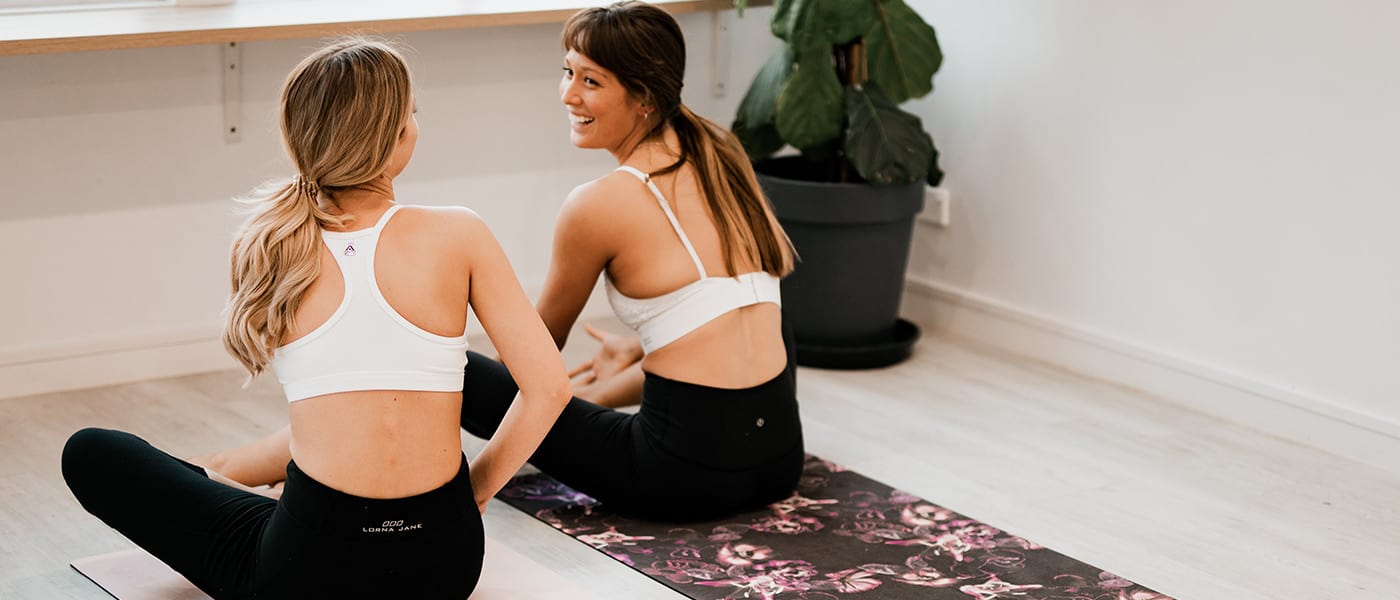how to find the right yoga instructor for you

There’s been a lot of recent hubbub in the media regarding yoga and its instructors. From the Times claiming that yoga can wreck our bodies to incendiary drama regarding gurus, it’s probably a good idea to figure out what makes a good teacher in the first place. As yoga practitioners, we want to feel safe and enjoy our practice when we go to classes. Here are a few guidelines that will help to ensure that happens.
Training. It’s important to know and understand the training and qualifications that your instructor has received. Unlike massage therapists and doctors, there is no overarching governmental body that oversees or regulates yoga instructors. There isn’t a bar exam or a board certification. While there is a self-regulating body for yoga trainings, called the Yoga Alliance, which provides general guidelines for what a yoga teacher would ideally be taught in a teacher training, there is no requirement that these guidelines be adhered to. This means, that it’s important for students to inquire about what kind of training their instructor received.
Ideally, the instructor would have a well-rounded background in essentials like anatomy, physiology, kinesiology, as well as the movement-based application of these things in asana practice, like alignment, sequencing and modifications, particularly for injuries. In addition, because yoga asana is tied to its philosophical roots, a background in yoga philosophy, subtle energetic anatomy and complimentary practices to asana such as pranayama (breath work) and meditation are also important. This is by no means an exhaustive list, but rather a basic starting point that can give us an understanding of the minimum qualifications that a yoga teacher ought to be equipped with before leading students.
If the teacher is also giving hands-on adjustments, then it is important that they have had comprehensive training in those adjustments with lots of hands-on practice before setting foot in the classroom. These are basic guidelines that we can use to make sure the instructor has the know-how to lead students through a safe asana practice.
Passion. Yogis love yoga. Seems like a no-brainer, but consider this: in order to make a living, instructors often have to teach dozens of classes a week. This can lead to exhaustion and burnout, and without enough energy, passion can be zapped. When passion has been deflated, sometimes the instructor can give up on their own yoga practice… And this is a slippery slope. Few things are more important for a full-time yoga teacher than their own practice. It’s how they test out new sequences to make sure they’re sound. It’s where they learn to embody the teachings they believe in so as not to make them purely rhetoric, but rather personal experience.
Passion also drives an instructor to continue learning, researching and humbling themselves to be a student. Humility is said to be the #1 quality of a yogi, and that is lost when the value of studentship is lost. We want teachers who are also students. Imagine if our doctor, who may have been trained and certified 15 years ago, never went back for a refresher course. They’d miss learning about the new technology or system that might just save our lives. It’s the same with yoga instructors – the value of continuing to learn cannot be understated, especially as our modern yoga practice continues to develop!
Compassion. Seriously, folks, our yoga teachers should be gentle. The philosophy of yoga includes a drive for personal transformation toward being a kinder, more compassionate human being. It’s not to say that our instructors need to be perfect. Far from that, actually, it’s better that they realize the value of their own imperfections and learn to be compassionate of the imperfections in others, while still being able to recognize the highest potential in their students.
Krishnamacharya (considered to be the grandfather of modern yoga) held that really, there is one qualification for teaching yoga: enlightenment. But, in lieu of that qualification being reached, he recognized the value of folks still teaching while they continued to attain their own self-realization. (see the article on the “Three Qualifications of a Yoga Teacher” for more on that point) He basically said that a yoga instructor needs to sincerely like people. A yoga instructor works directly with the public, in service to the greater good of the students they work with. If our instructor posts themselves in a place of leadership, claiming their own “guru-hood,” it’s a good time to take a discerning look at their ability to be humble and compassionate toward others.
Yoga is a non-hierarchical system, because hierarchies create separation which is antithetical to yoga. Any instructor who establishes or enforces hierarchy is defeating the purpose of the yoga they teach. It’s challenging to admit to imperfection and cultivate humility when one feels “better than” or “above” others. Teachers who move past hierarchical structures will treat us as no more than and no less than a friend, meaning they will not indulge in favoritism or humiliation. They’ll be nice! And, they’ll inspire that same kind of friendliness in their students.
With these three guidelines, hopefully we can navigate our way toward an amazing yoga teacher of any style, from any background that speaks to our heart while aligning our bodies in just the right way for us. Yoga teachers hold an important and invaluable role within this practice, and those who understand that will hold themselves to the highest standards for the good of those they teach. Seek them out. They will serve us well!
Read next >> Arlisa Houston